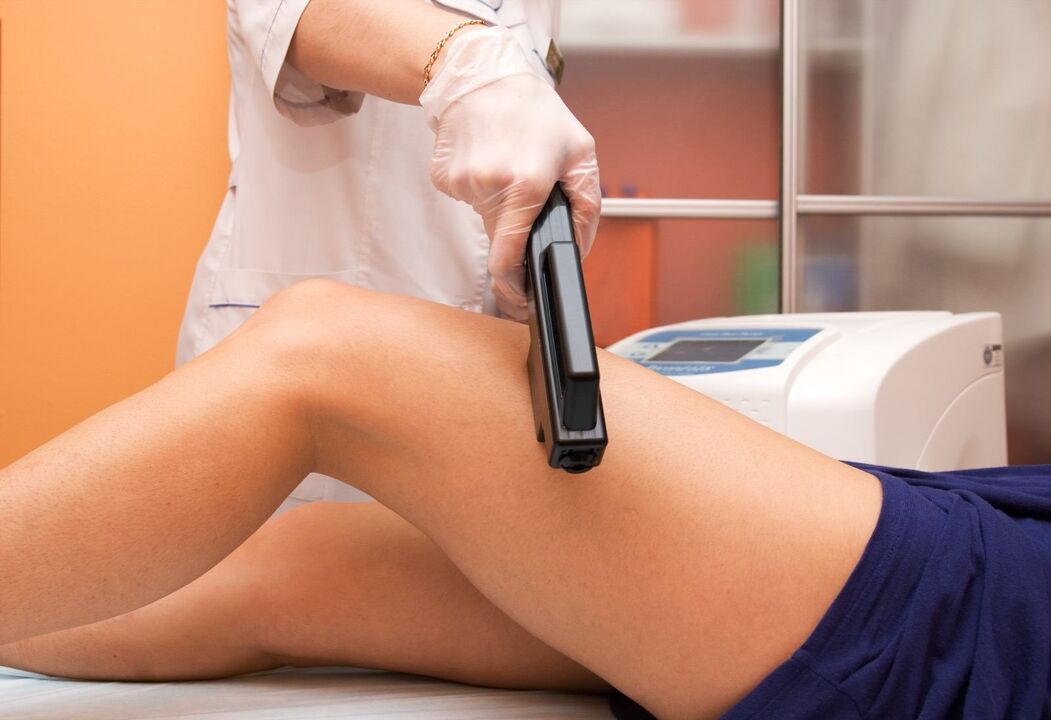
Osteoarthritis of the knee joint (gonarthrosis) is a disease of the cartilage of the knee, in which it is gradually destroyed and replaced by connective tissue. Osteoarthritis of the knee joint can occur suddenly when there are no signs and causes of joint damage. In other cases, the onset of the disease is associated with trauma or other joint disease.
Features
In a healthy knee joint, cartilage is a type of lining that prevents bones from touching, therefore eliminating the possibility of damage when walking. The diseased cartilage cannot cope with this function, which is why there are signs of stiffness in the joint during movement, accompanied by pain. This condition is permanent due to internal pathological changes, when the thinning of cartilage tissue leads to thickening of the bone and creates conditions for the appearance of bone spines - osteophytes, which provoke acute pain.
Causes and symptoms
Osteoarthritis of the knee joint develops gradually, but we do not notice the pronounced symptoms of cartilage damage due to the fact that the knee joint is held in the correct position by the thigh muscles and the four ligaments. It is this anatomical structure that smooths out the manifestation of the main symptoms at the stage of the onset of the disease.
The reliable causes of the disease have not yet been established by medicine. However, there are factors that under certain conditions can play a role in the cause of this disease. These include injuries, heavy exercise and being overweight. Such a disorder as hormonal insufficiency can be considered as a separate reason.
Patients with suspected osteoarthritis of the knee have symptoms:
- painful pain in the knees (possibly in the lower leg);
- pain syndrome associated with changes in time;
- increased pain when walking up stairs after a long walk or standing;
- reduction of pain at rest (at night and at rest);
- initial pain (after breaks from rest);
- stiffness of the knee joint;
- pain when bending / stretching the legs;
- crunching, swelling of the joint.
This condition of the knee joint requires urgent medical attention due to the risk of complications when the joint may begin to accumulate effusion. The doctor conducts an external examination of the patient and prescribes an examination, based on the results of which will be selected methods of treatment.
Research
The initial stages of the occurrence of such pathology as osteoarthritis of the knee joint do not appear visually in any way. However, after some time the patient notices signs of knee deformity, as well as a characteristic curvature along the axis of the lower leg (directed inwards). There is also a crunch when you have to bend your legs.
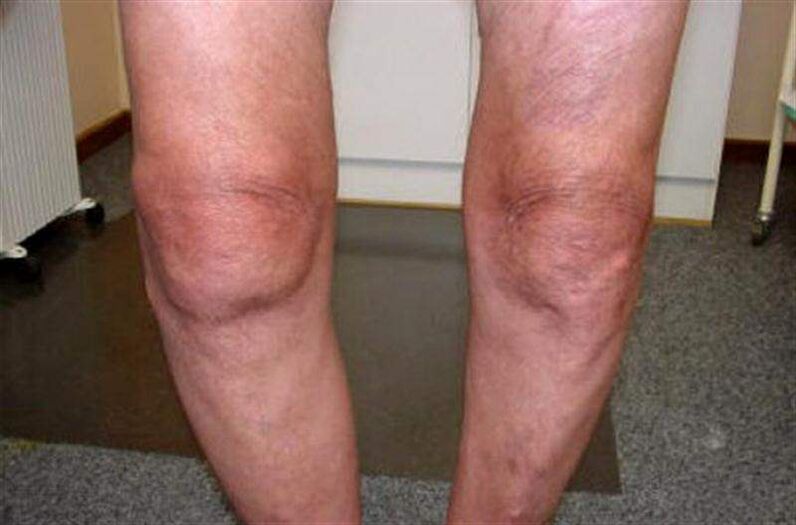
The presence of pain, limited movement in the knee makes a person see a doctor and undergo an examination. To do this, he must pass tests and take an X-ray of the diseased joint. If these measures are not sufficient to confirm osteoarthritis of the knee, then magnetic resonance imaging is performed. Based on the collected data, the doctor chooses the best methods of treatment.
Methods of treatment
Modern medicine has enough funds to treat osteoarthritis of the knee. Also in clinical practice new approaches to treatment by traditional methods are developed and actively applied.
The main medical treatment for knee disease is therapies in combination with adjuvants.
An example of this is kinesiotherapy, which is part of the physiotherapy of restorative medicine, which is complemented by psychological work with patients.
They help to treat osteoarthritis of the knee as restorative methods such as massage, exercise, water treatments. To alleviate the patient's condition, it is recommended to wear knee pads or a bandage. It is impossible to treat gonarthrosis without following a proper diet, which should contain white rather than red meat, sardines, salmon, vegetables, fruits and enough water (up to 7 glasses).
Severe cases of the disease are treated promptly, with full or partial prosthetics by gentle methods.
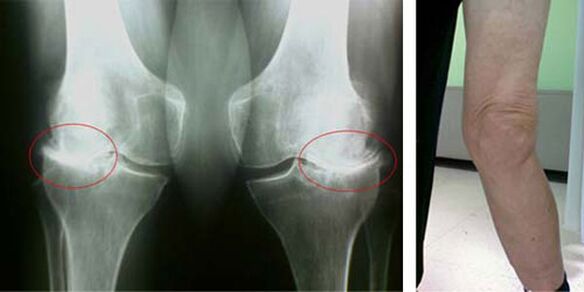
Medical treatment
In the treatment of gonarthrosis with drugs are actively used:
- Non-steroidal anti-inflammatory drugs. Prescribed pills help treat conditions such as swelling and swelling of the knee joint;
- Chondoprotectors. The preparations contain substances that nourish the cartilage tissue, which strengthens its structure and restores the cartilage coating of the joint. If the cartilage is almost completely destroyed, chondroprotectors are not used in the treatment of osteoarthritis of the knee (usually this is typical for stage 3);
- Vasodilator tablets. With their help you can treat nocturnal pain that occurs in the knee joint due to spasms of small vessels.
- Intra-articular injections of corticosteroid hormones are prescribed to treat inflamed knee joints. Injections relieve swelling and puffiness much faster, thus improving the patient's condition. However, such injections can be given once every 2 weeks due to the high probability of their side effects. If a person has symptoms of anatomical changes in the joints, such as bone deformity, then making injections into the joint is pointless.
In the initial stages of gonarthrosis, uncomplicated by joint edema (synovitis), the patient may be given injections of chondroprotectors with enzymes. They help to partially restore cartilage tissue, and the disadvantage is the need to inject drugs with a course of 5-10 injections.
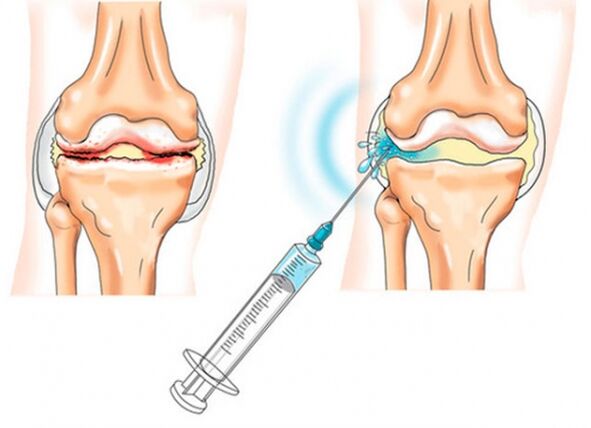
Good treatment results (in 80% of cases) can be achieved by traction (stretching of the knee joint).
It is performed with the help of a special device or manual therapy. Such adhesion provides an increase in the distance between the bones, which reduces the load on the joint and restores its performance.
Ointments
In the drug therapy for the treatment of joints are actively used different types of ointments and gels, consisting mainly of natural substances. Ointments can be bought in pharmacies without a prescription, but consultation with your doctor about its use will not hurt. You should also know that the ointment does not cure knee disease, but only complements the basic treatment.
Effectively relieves inflammation in the joints of an ointment based on NVPS (non-steroidal anti-inflammatory drugs).
Capsacin-containing warming ointments are used to improve blood circulation.
Ointments containing salicylic acid are used to treat inflammation in the knees.
Ointments - chondroprotectors are used successfully in the initial stages of treatment of the disease to restore damaged cartilage. In order for the active substances of the ointment to penetrate better into the site of inflammation, it is necessary to use them in combination with a physiotherapeutic procedure - phonophoresis.
Support measures
Massage
In the complex treatment of osteoarthritis of the knee joints is actively used therapeutic massage, which contributes to the normalization of blood circulation in the damaged joint and restores its functions. Massage not only heals, but also awakens the body's defenses, which allows you to quickly restore the effectiveness of the joint apparatus.
Inflammation of the joints usually uses knee massage and general healing massage. To achieve a greater effect, doctors recommend combining a general massage with a segmental massage performed in the knee area.
Because massage has a positive effect on muscle tone, the patient's muscle strength increases and the efficiency lost by the knee joints is restored. The therapeutic massage begins with stroking, followed by rubbing to improve joint mobility. Stretching follows. The massage ends with a vibration that is good for the muscles (not intense). All these techniques are included in the massage to reduce pain and restore freedom of movement of the knees.
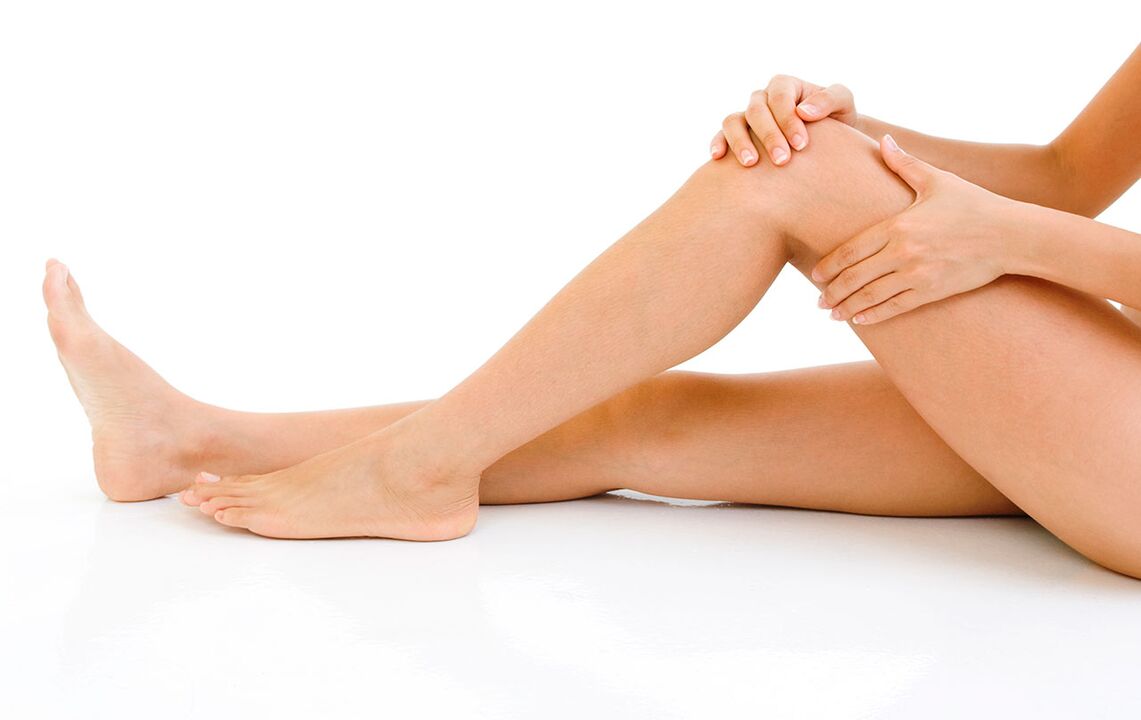
Knee pads and brace
To reduce the strain on the knee joint, as well as the muscles, ligaments and tendons, patients are advised to apply a bandage on it. The knee bandage helps to evenly distribute the pressure on the joint apparatus and thus stimulates the regeneration of damaged tissues.
Because the bandage is a product, the range of these products is characterized by a variety of colors and corporate styles. The bandage is also metal, ceramic, plastic, etc. All these characteristics are secondary. The main thing is that you should buy knee pads or a bandage only after consulting a doctor.
Wearing knee pads are chosen in accordance with their purpose. The dressing required in the postoperative period should be carefully dimensioned. Such knee pads are a tight bandage.
It is better to wear underwear made of cotton fabric or other natural material under the knees. Dog hair knee pads have a pronounced healing effect, warm the joint and relieve inflammation.
The most popular type is a neoprene bandage, reinforced with spiral ribs, which provides fixation of joints and muscles. Orthopedic bandages are often used as protection against injury during sports.
You should choose open or closed knee pads based on the nature of the pain. In case of severe pain, the knees should have reinforcements and completely cover the joint. In case of mild pain, open knees should be worn.
A novelty that is sought after are the elastane or polyester knees. This dressing will last a long time and is easy to care for.
Conclusion
A distinctive feature of modern approaches in the treatment of osteoarthritis of the knee is the combination of traditional methods and techniques based on new generation drugs, as well as improved surgical methods. From a new generation of drugs are widely used biostimulants, chondroprotectors, protectors of synovial fluid. Forms of knee osteoarthritis that are difficult to conservatively treat can now be treated surgically with low invasiveness, ie arthroplasty, arthroscopy and endoprosthesis.



















